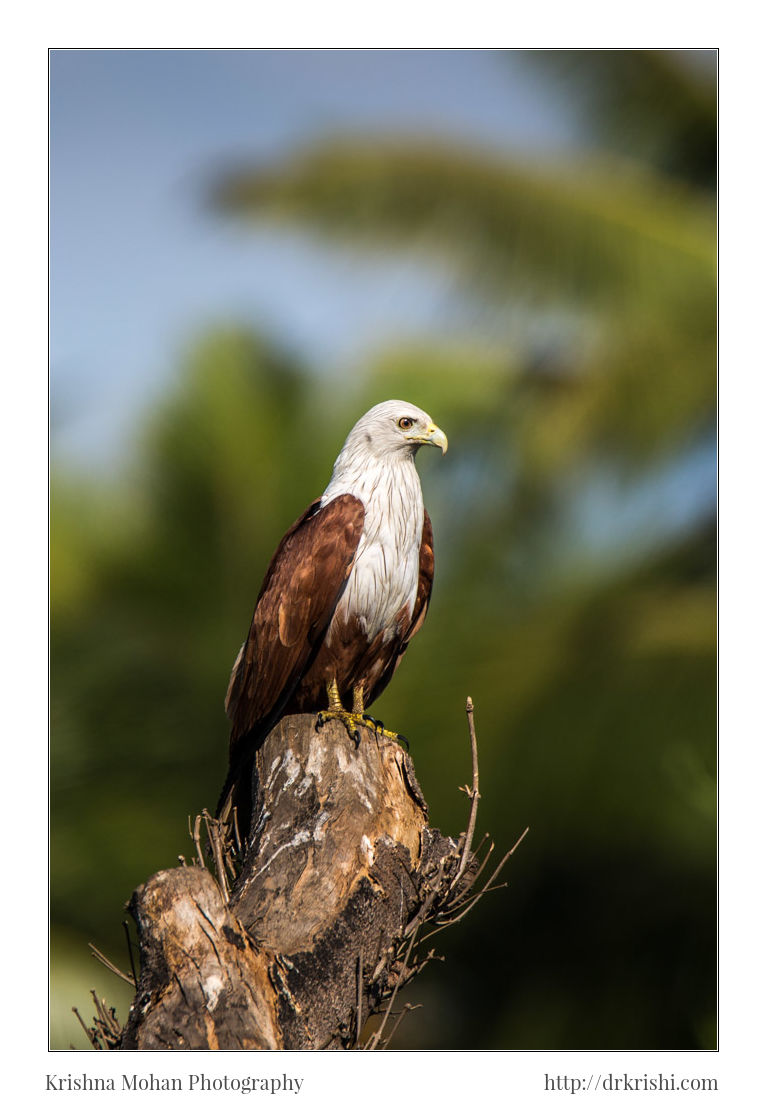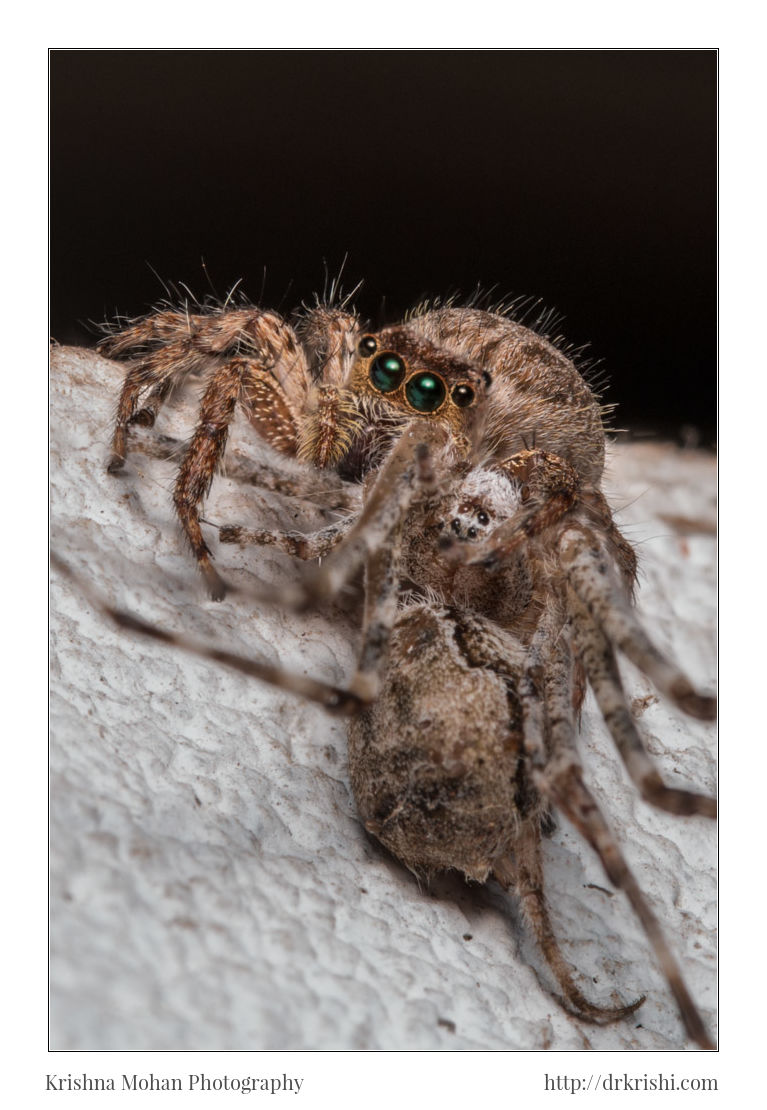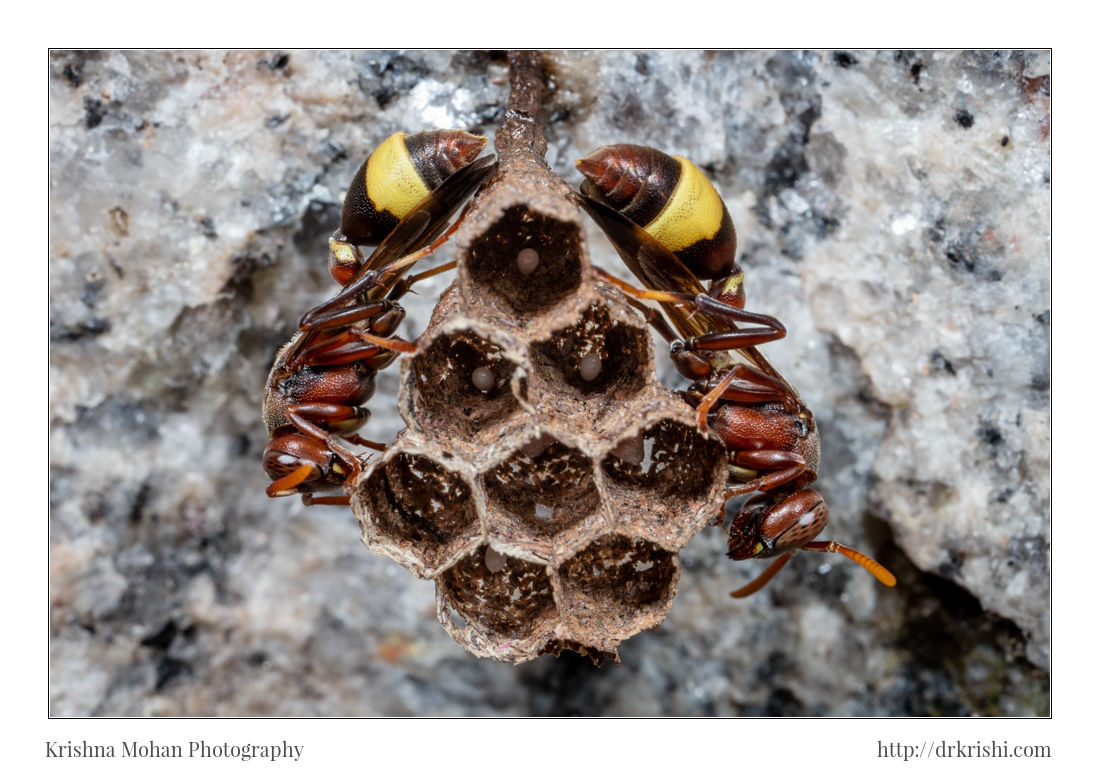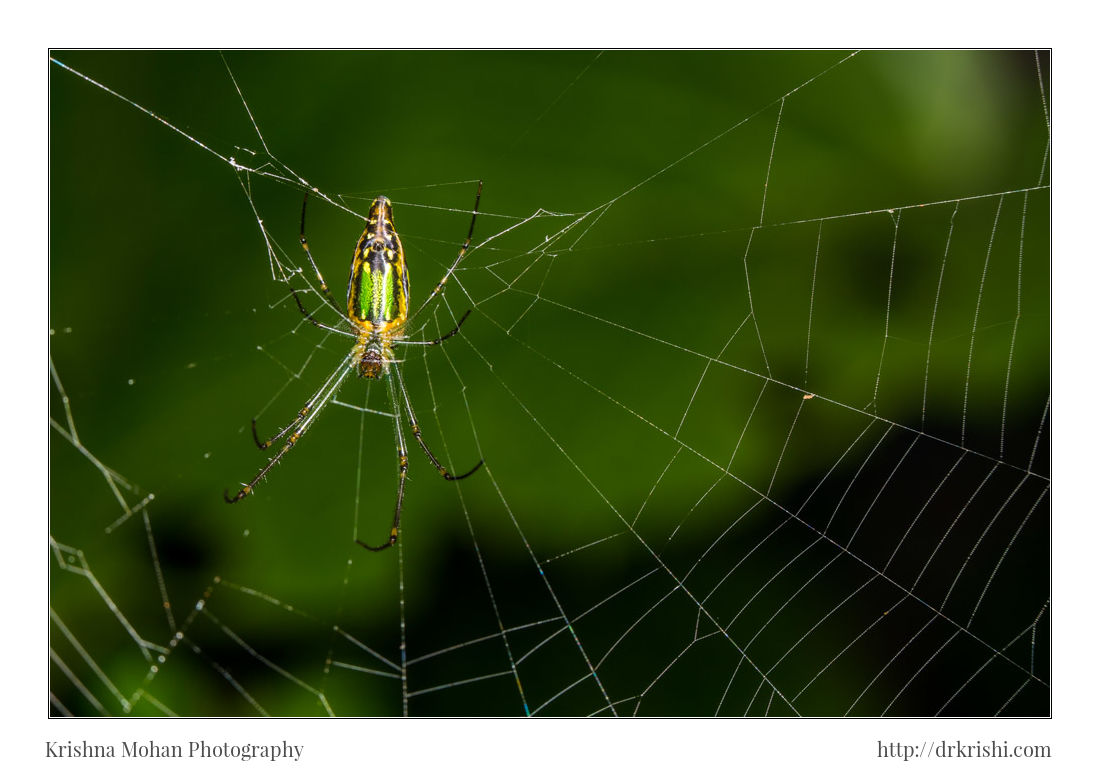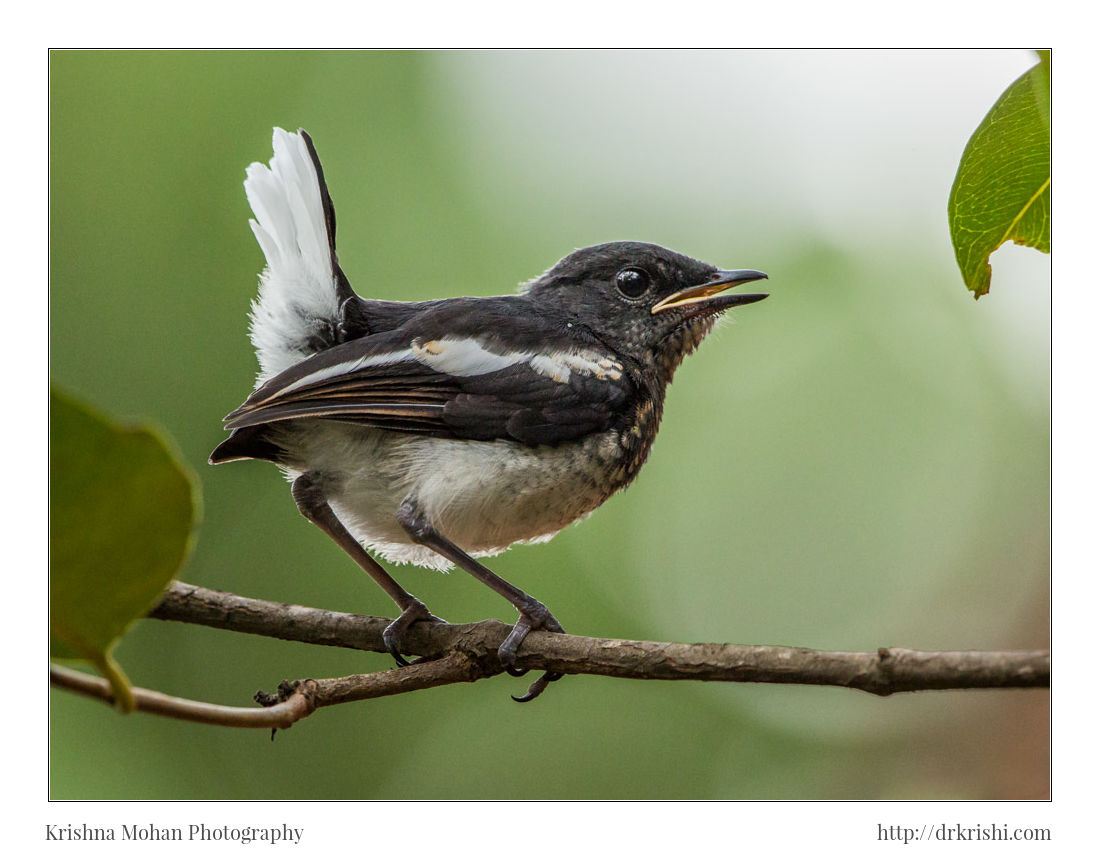Tips to Tack Sharp Photos
In my Earlier blog I had briefly described how to get sharper photos for closeups. Many of you have asked me to give much more detailed tips to produce sharper photos. Here are few tips to get sharper photos. Use the sharpest aperture of your lens – All camera lenses have their sharpest result at … Read more

